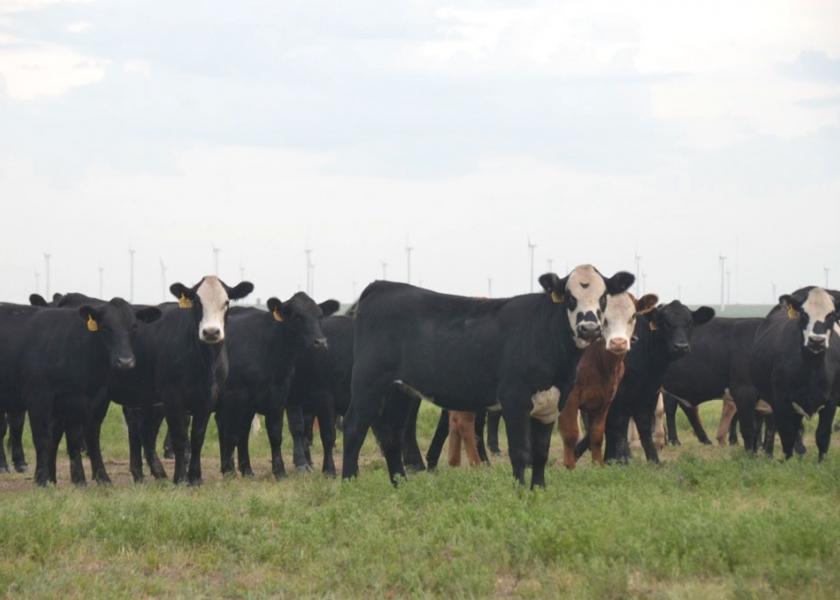Nalivka: USDA’s Recent January 1 Cattle Tally

We can now mark it in the tally book - USDA released its Cattle inventory report last week and according to the survey results, the nation’s cattle numbers dropped slightly during the last twelve months. I fully expected a 1% to 1½% decline as the result of severe weather last winter and spring together with sharply lowered expectations for prices and profitability among most ranchers. I heard this consistently last year as I spoke at cattlemen meetings.
While I am not going to spend a lot of time debating with USDA about the report, I will throw out a few statistics gleaned from the report relative to cow and heifer slaughter last year. Slaughter and trade data are the best available data. While the cattle inventory and cattle on feed reports are from survey data, slaughter data is reported weekly and is mandatory.
First, USDA reported the 2019 calf crop to be 1% smaller than the 2018 calf crop. I am in total agreement – not because it was my estimate but because I firmly believed based on the conditions, that the January 1 estimate would be quite a bit smaller than the July 1 estimate and that was the case. My estimate was 36.0 million and the USDA survey figure was 36.06 million.
This reduced calf crop will be a significant factor to impact the market in 2020 as that calf crop represents a large share of this year’s feeder cattle supply and ultimately, the supply of slaughter cattle over the next twelve to fifteen months. As always, uncertainty lies in the number of heifers held for replacements versus those placed on feed as was the case last year.
Now, a look at the females in the tally. Cow slaughter during 2019 was up 4% over prior year and represented 15.9% of the cow inventory at the beginning of the last year. This was the highest since 2013 when cattlemen and dairymen sent 16.5% of the cows to slaughter.
Heifer slaughter during 2019 was up 7% from the prior year representing 49.3% of heifers weighing 500 pounds and up at the beginning of the year - the highest since 2011. Cattlemen liquidated 2.1% of the total cattle inventory during 2011.
Heifers other than replacements in the 2020 inventory accounted for 48.3% of all heifers – the highest since 2012. That makes sense since the number of beef replacement heifers was down 2% while those expected to calve was down 1%. The uncertainty lies in how many of those “other heifers” are bred and become replacements for next year’s herd.
As the year progresses and we get through coronavirus and the new trade deals take hold during the second half of the year, the market will be supported and this will provide the incentive to breed rather feed those heifers while also reducing trips to town with cull cows.
Related stories:
John Nalivka: Thoughts On Tariffs







